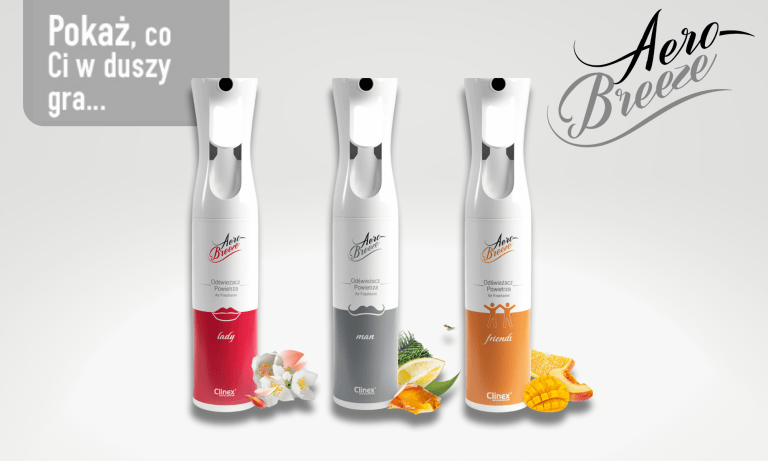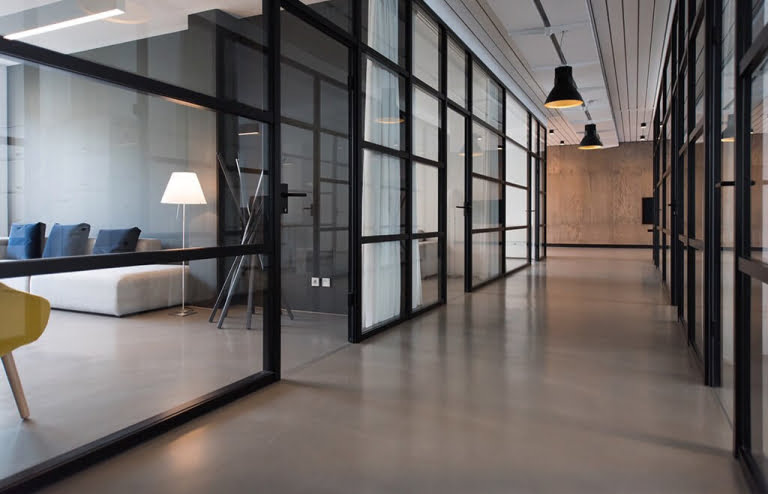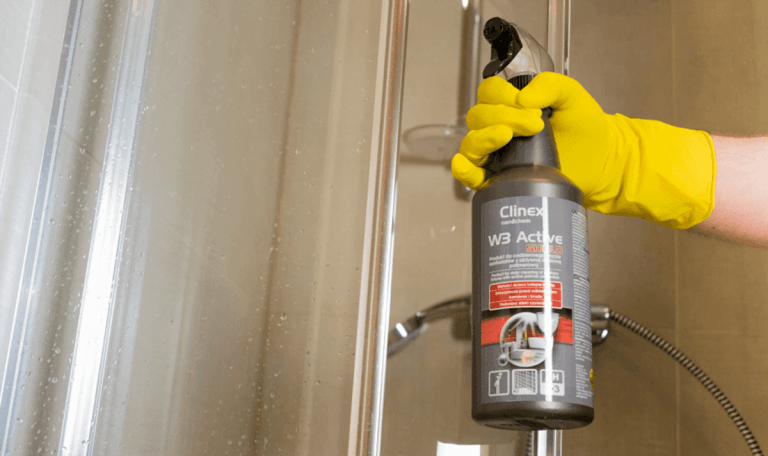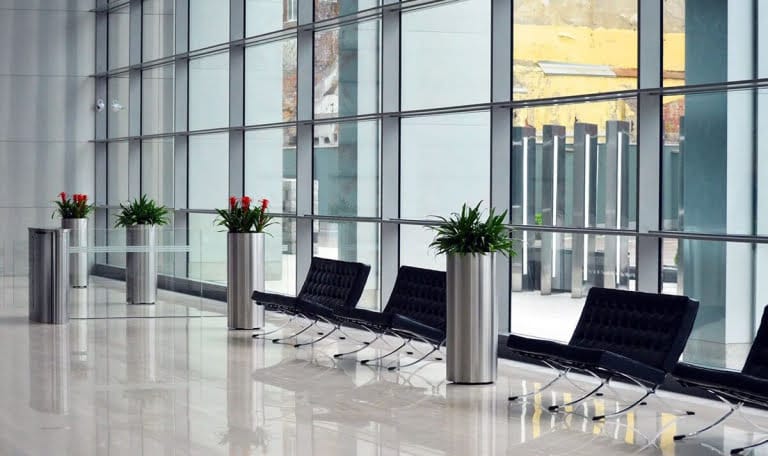Keeping the floor clean is not an easy task. Its durability and resistance to contamination and mechanical damage depend on how it is cared for and cleaned. Depending on the materials its surface is made of, the care method varies. Wood requires a completely different approach than in the case of floors made of wood-like panels. The same applies to floors made of baton, ceramics and PVC materials. It can certainly be said that there are as many types of flooring as there are ways to clean and maintain them. The final stage of maintenance is to give the floor an elegant appearance, i.e. polishing the floor. This means that the effects of our work will remain durable for a long time.
How to shine the floor in large halls?
Shining the floor is an extremely important step in cleaning and maintaining it. Each respectable cleaning company has professional cleaning products on its equipment, because they are necessary to clean the floor and give it a final shine.
Large halls are the places most frequently visited by people. There is often so much traffic that it is necessary to clean the floor several times a day. It is particularly susceptible to dirt in autumn and winter. Maintaining such floors is extremely difficult because frequently used cleaning products contain polymer additives. The floor appears clean, but invisible dirt slowly sticks to it.
Clinex Dispersion product line
Daily care is primarily about removing both visible and invisible impurities. For this purpose , Clinex Dispersion Care liquid has excellent properties. This is a product that will successfully clean all types of hard and waterproof coatings protected with polymers. It works well on vinyl, ceramic and even hard rubber floors. The preparation can be diluted and used for machine and hand washing, because in this context it is universal.
Once the floor has been cleaned, you can use a polishing agent. Clinex Dispersion Hard is perfect here because it allows you to shine floors made of waterproof materials. Shines polished concrete, vinyl, PVC or terrazzo. It has even more advantages. It removes even visible scratches on the surface and creates a protective layer for the floor, resistant to damage. Machine polishing allows you to achieve an excellent gloss effect. It can also be applied and polished by hand.
If there is a need to remove polymer coatings because they are too accumulated, this can be easily done. You should know that polymers, despite their obvious advantages, are not a perfect product. Long-term use of liquids with polymers shows their imperfections, including impurities penetrating the polymer coating and remaining in the floor structure. Using Clinex Dispersion Stripper , it is possible to completely remove the polymer coating and thoroughly clean the floor. This is a product that will remove polymers from any type of waterproof floor, because its effectiveness is due to specially selected ingredients.
How to polish panels?
For panels, which are representatives of quite delicate floors, the Clinex brand uses a universal glossy liquid. It is a multi-purpose product. It works equally well to shine floors made of panels as well as classic floors made of PVC, ceramics or concrete. It is perfect for both hard and flexible floors. Clinex Dispersion Soft liquid can be used to shine even varnished, parquet or vinyl floors. It provides protection against mechanical factors and removes scratches that occurred during floor use.
Read also: Care and cleaning of large-surface floors
Larger rooms can be successfully polished by machine, and smaller rooms can be polished using, for example, a mop. Like any floor polishing liquid, its effect depends on the intensity and time of polishing. After completing the work, the floor shines and acquires increased anti-slip properties.
Proven techniques for polishing floors
Shining large surfaces involves using mechanical devices for this purpose. The polishing liquid is then precisely applied to the floor, which is then polished. We apply and spread the polishing liquid with a mop or cloth, as this is the best way to use it. Then we have to manually polish the floor. Manual polishing works great when the surfaces are relatively small. It is certainly a thorough process, although more tiring. Nevertheless, it has its advantages. At all times, we can precisely control the liquid’s spreading and its effect on the substrate.
In the era of machine work, an alternative was also invented for hand polishing. Instead of tiring polishing with a cloth, it is worth using small hand polishing machines. Self-propelled single-disc polishers work best on large surfaces.






